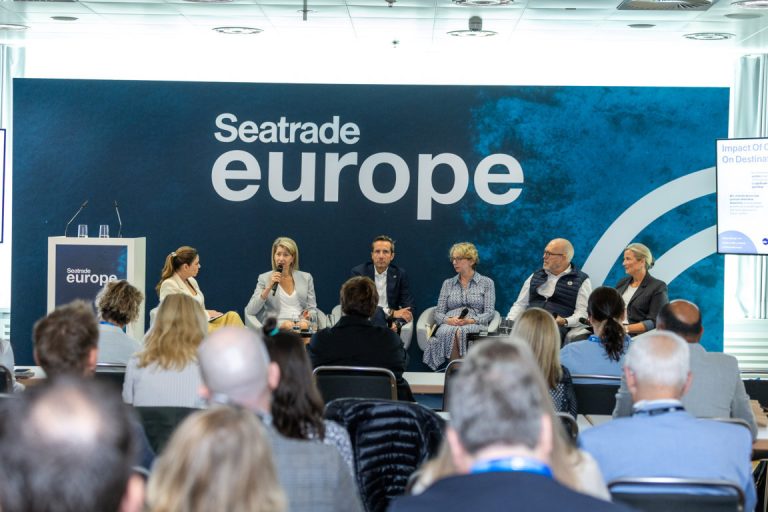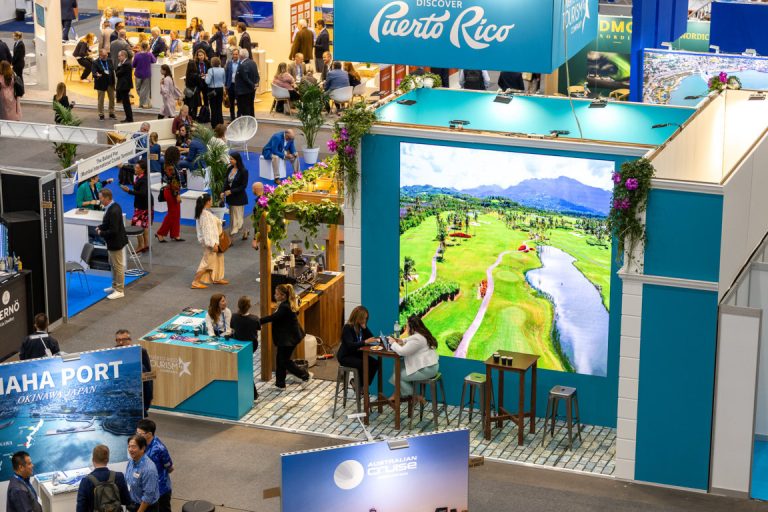European Cruise Ports Strengthen Cooperation
At Seatrade Cruise Europe 2025, held in Hamburg, the leading European cruise port associations reaffirmed their strategic collaboration, while also presenting the findings of a major joint survey on the impact of cruise tourism on port destinations. The event marked a key opportunity to reflect on sustainability, innovation, and resilience in a constantly evolving industry.
The dedicated panel, titled “European Port & Destination Associations: Community Engagement in Port Cities”, was moderated by Figen Ayan, founder of Ayan Consulting and European Commission expert. Panelists included top representatives from the five major associations: Theodora Riga, President of MedCruise; Simone Maraschi, Chair of Cruise Europe; Kay Greenway, Director of Cruise Britain; Klaus Bondam, Director of Cruise Baltic; and Monica Berstad, Managing Director of Cruise Norway.
STEurope-Hamburg
Launched in early 2025, the survey aimed to gain a deeper understanding of the common challenges posed by growing tourism pressure on infrastructure, the environment, and the quality of life in local communities across Europe. The data gathered from member ports helped paint a comprehensive picture, identifying trends, critical issues, and best practices to be shared among stakeholders.
One of the main findings was that, in most cases, European ports do not currently impose significant restrictions on cruise ship arrivals. However, destinations are increasingly committed to sustainability, investing in modern infrastructure and encouraging the dispersion of tourist flows over a broader area, thus alleviating pressure on city centers. Practical environmental measures are being promoted, such as the implementation of shore power systems, the introduction of environmental taxes, and the development of alternative, more sustainable tourist routes.
Many ports have begun working with cruise lines, local authorities, and stakeholders to create more responsible shore excursions that highlight attractions beyond the typical crowded landmarks. These collaborations also extend to the development of decentralized attractions, helping reduce congestion and distribute the economic benefits of tourism more widely.
At the same time, investment in green solutions continues to grow, showing a clear commitment to strengthening long-term environmental performance. From an economic perspective, the impact of cruise tourism remains significant, generating substantial revenue for local businesses and creating jobs within the tourism sector. Nevertheless, in terms of volume, cruise passengers still represent only a small share of the total tourism handled by most member ports.
In addition to the public session, the associations held a private meeting to discuss current joint initiatives and define future priorities. Among the shared goals were the improvement of environmental performance, enhanced data sharing between members, and stronger community engagement. The overarching aim is to ensure that Europe’s cruise destinations remain not only attractive and competitive but also sustainable over the long term.
ST-Hamburg
ST-Hamburg
The presentation of this joint work marks an important milestone for the sector, demonstrating how a coordinated, collaborative approach can effectively contribute to a more balanced and respectful development model. The associations reiterated their commitment to pursuing a shared vision that balances the economic needs of the industry with environmental protection and the wellbeing of port communities.
In a time when sustainability has become a global priority, the work carried out by these five European associations shows that it is indeed possible to turn the challenges of cruise tourism into opportunities. Through dialogue, shared measures, and active engagement of local actors, the European cruise industry can become a model of how to combine economic growth with environmental responsibility.
Don’t miss news, updates, and cruise reviews on Cruising Journal.



